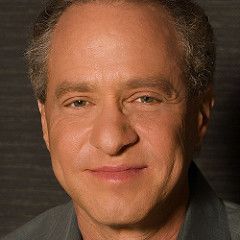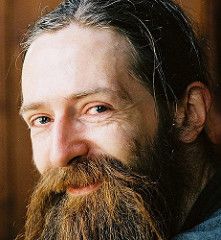Oct 21, 2011
Let Me Use This Blog for another Purpose: Global Autism Therapy
Posted by Otto E. Rössler in category: neuroscience
Thomas Insel from the National Institute of Mental Health recently focused on his life’s work on oxytocin, as I learned from a report in the Wall Street Journal (Oct. 5) featuring this “bonding hormone” of all mammals including humans. (See http://www.dnalc.org/view/2377-Oxytocin-Emotion-and-Autism.html )
Humans are the laughter-bonding mammals. Non-smile-blind toddlers at one point get seduced by Mom’s laughter into a bonding bout. Much as a puppy can in principle (no one checked on this) be seduced into a bonding bout by an adult dog’s happy tail-wagging. This strange convergence of two moods (bonding and joyfulness) into being expressed by the same innate releaser thus has occurred twice independently in two different mammalian species, wolf and human. But the toddler unlike the puppy is mirror-competent. Hence he is able to in addition concoct the hypothesis that Mom is being rewarded over there deep inside by his own momentary activity here that is making her laugh: A strange suspicion which overwhelms his own heart. He invents benevolence as existing over there out of nothing through perceiving it in the joy given to him. And then he tries to do the same thing reciprocally in anticipation of her appreciation. The all of a sudden grown appreciative former animal is no longer an animal – he suddenly knows heaven.
The invention of appreciation turns the toddler into a person. In Bill Seaman’s and mine new book, “Neosentience – The Benevolence Engine” (University of Chicago Press/Intellect 2011), much of this is detailed. Why am I mentioning it here? It is because benevolence is the human stamp. No other animal is benevolent so far – knowing about responsibility and the Now and truthfulness. But we humans can induce animals more intelligent than we are, hardware-wise, into becoming our elder brothers. Leo Szilard — bomb-inventor, bomb proposer and (in vain) bomb retractor — caught a first glimpse of this desperate hope in 1948, as detailed in my paper on the gothic-R theorem of general relativity.
Can I seduce everyone who reads this into becoming moved into “calling another soul his own,” as poet Schiller and composer Beethoven put it in their scientifically correct Song of Joy?
Science is the greatest fun in this most human activity of mutual support and appreciation. Let us not kill it by allowing it to be misused in an attempt to shrink the planet to 2 cm in a matter of years. The toddlers won’t understand this nor will the mothers.

 The summer 2010 “
The summer 2010 “ Also speaking at the H+ Summit @ Harvard is
Also speaking at the H+ Summit @ Harvard is 







